When it comes to sewing, having the right tools can make all the difference in the outcome of a project. From needles to scissors, each tool serves a specific purpose and helps achieve a certain level of precision in the stitching. But did you know that some of these sewing tools have a deeper meaning and history behind them? In this article, we will explore the rich significance behind some of the most commonly used sewing tools.
The Thimble
The thimble is a small, cone-shaped tool used to protect the finger that pushes the needle through the fabric. It is typically made of metal, but can also be found in materials such as porcelain, plastic, and leather. While it may seem like a simple object, the thimble has a long history and was once considered a status symbol.
In medieval times, thimbles were made of expensive materials such as gold, silver, and bronze, and were worn by women of higher social class as a symbol of wealth and luxury. They were also used as a form of currency and were often given as gifts to show appreciation. Today, thimbles are still cherished by many sewing enthusiasts and can be found in various designs and styles, including ones with intricate engravings and gemstones.
The Pincushion
A pincushion is a must-have item for any sewing kit, as it is used to hold and organize pins while working on a project. The pincushion, however, has a deeper meaning than just a functional tool. In the 17th century, pincushions were a symbol of love and friendship. Women would gift them to one another as a token of their affection. These pincushions were often handmade and adorned with beads, ribbons, and intricate embroidery. Today, they are still seen as a thoughtful gift for sewing enthusiasts and can add a touch of charm to any sewing room.
The Seam Ripper
As much as we try to avoid them, mistakes happen while sewing. This is where the seam ripper comes in handy. This small, sharp tool is used to remove unwanted stitches and fix errors. While it may seem like a mundane object, the seam ripper holds meaning beyond its practical use. It symbolizes the many trials and errors that come with sewing and the perseverance needed to create something beautiful. It also serves as a reminder that mistakes are a natural part of the sewing process and should not discourage us from continuing our creative pursuits.
The Tape Measure
A tape measure is a flexible ruler used to measure fabric and ensure accurate sewing. It is an essential tool for any sewing project, but it also carries a special meaning. The tape measure represents the importance of precision and attention to detail in sewing. It reminds us to take the time to measure twice and cut once, and to be meticulous in our craft.
The Sewing Machine
Lastly, we cannot talk about sewing tools without mentioning the sewing machine. While it may not be considered a traditional sewing tool, the sewing machine revolutionized the world of sewing and made it more accessible to all. It was first invented in 1790 by English inventor Thomas Saint, but it wasn’t until the mid-19th century that the first commercially successful sewing machine was created by Isaac Singer. The sewing machine not only sped up the sewing process, but it also played a significant role in women’s emancipation, as it allowed them to work outside of the home and earn a living through sewing.
In conclusion, sewing tools may seem like simple objects, but they hold a rich history and meaning that goes beyond their practical use. They remind us of the art and craft behind sewing and the importance of taking pride in our work. So the next time you sit down to sew, take a moment to appreciate the tools that make it all possible.
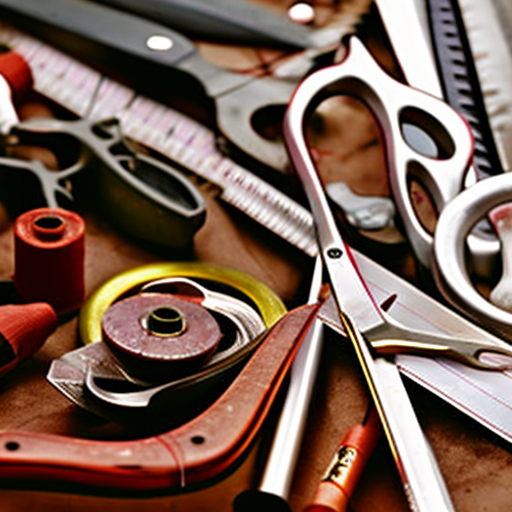
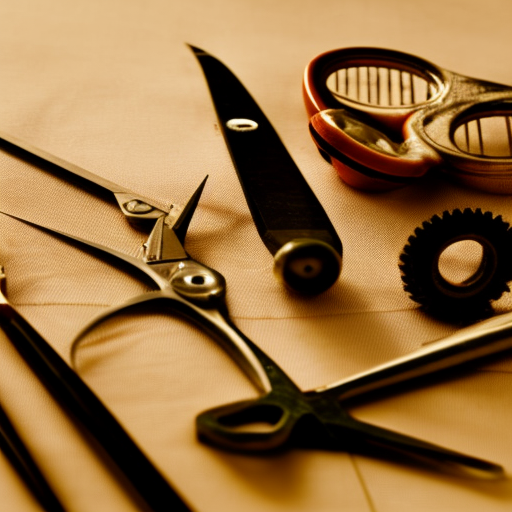
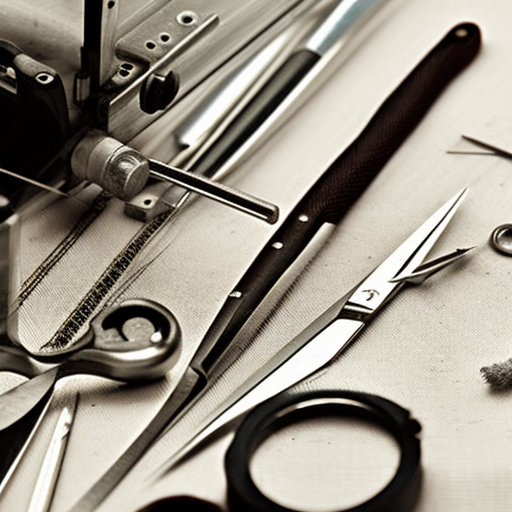
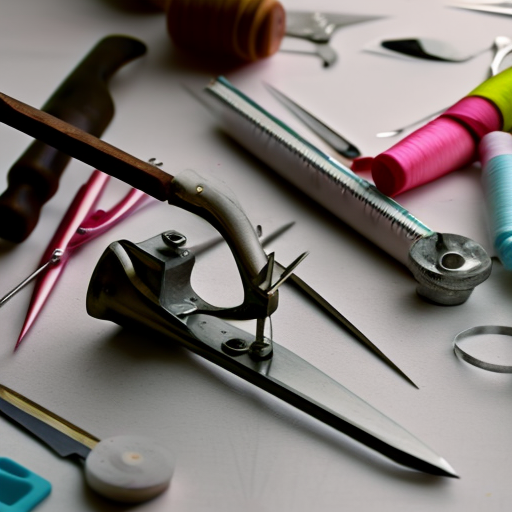
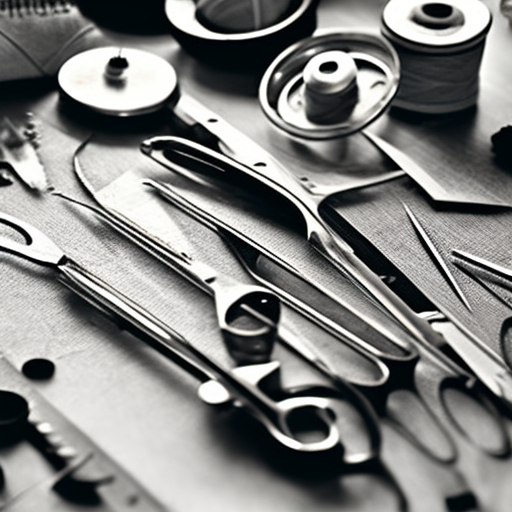
Fascinating!
Such a unique post – Love that you’re exploring the deeper meaning behind the tools used for sewing!